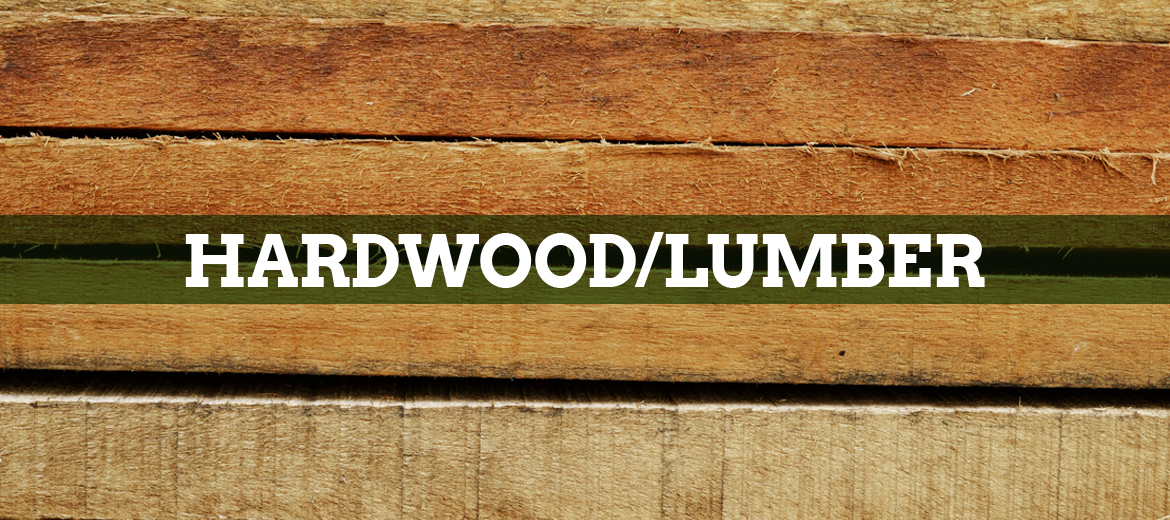
Botanical Name
Prunus serotina
Other Common Names
Black Cherry
Region
North America
Appearance
The heartwood when first cut varies from a very light pink to a dark red brown color. The wood darkens substantially with exposure to light. It is not uncommon to hear of walls newly paneled in cherry and decorated with several pictures and plaques. When the decorations are removed a few years later, the protected wood will be distinctly lighter. The white sapwood, which is usually narrow, can provide a striking contrast, but it is not always desirable.
Properties
Gum spots or small dark longitudinal liaisons about 1/16 inches wide to ½ inch, or longer, are a common characteristics of cherry. Dark streaks which extend for several inches can be associated with the gum spots. Gum spots can be larger, and sometimes gum even follows an entire growth ring around the tree. These spots are caused by wounding or by a peach bark borer, which feeds on the tree cambium. The cambium responds by forming the gum spot. When a finish is applied, it may not be able to bridge gum spots and thus the product may appear defective.
Working Properties
Cherry is rated as one of the best woods for planning, shaping, turning, Gluing and boring. Proper sanding is recommended to avoid splotchy staining. Sharp tools and proper feed rate necessary to avoid burning.
Uses
High end cabinets, furniture, architectural millwork, paneling, veneer.
Availablity
Today, the species is in extremely high demand for many of the same uses and therefore quality lumber is very valuable.